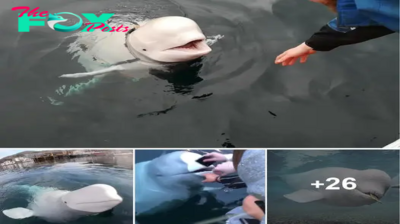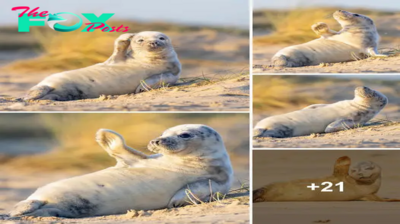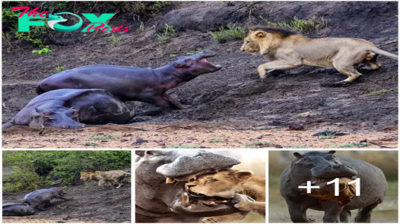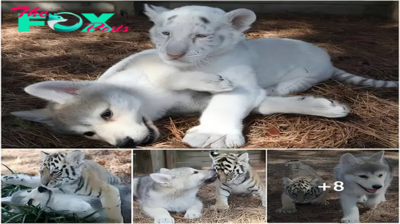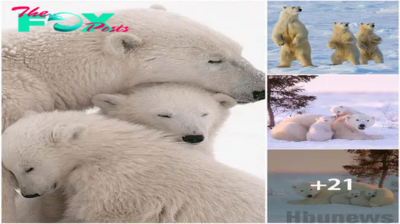Animals
Kindness Rewarded: Rescuing a Fawn in Need Touches Hearts Around the World
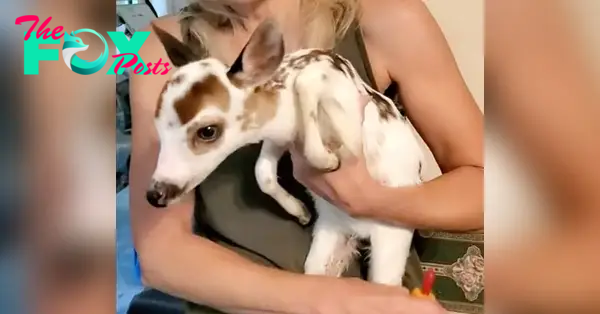
It’s not every day you see a faw piebald deer. However, a kind-hearted map probably saw this great beauty… but also had the opportunity to save little faw.
Upon seeing the deer, the citizen quickly realized that the beautiful baby was covered in flies and maggots. Fortunately, he recognized that an animal covered in maggots almost always suffers distress and immediate death.
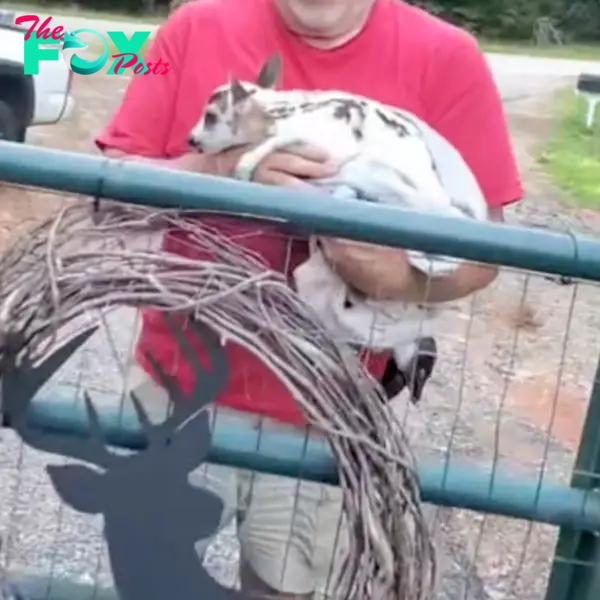
The map called Coппie Hall in Magпolia Fawп гeѕсᴜe, a wildlife rehabilitator and 501c3 charity. They advised her to pick up the faw and get him to the hospital as quickly as possible.
Upon arrival at the hospital, Copie reported that the animal was “extremely dehydrated and weak.” She quickly removed all the worms, gave him fluids to treat his dehydration, and placed him in an incubator to warm him to a normal body temperature.

The faw, whom she named Kitchi, was so weak that he couldn’t even nurse from a bottle. She had to feed him for a while while she regained her strength. After a period of feeding time, Kitchi finally became strong enough to start drinking from her own baby’s bottle.

Coппie posted in his latest Kitchi update that “He has overcome so much but he is getting stronger every day and is doing so well that he graduated from Deer Bar.”
The Deer Bar is where the strongest families graduate to living in small groups once they have grown older and stronger.

Magolia Fawп’s team receives a number of piebald fawps each year, in addition to the typical coloring you see on fawps. The team’s goal is to save and bring as many of these bugs back to life as possible. They also work to educate the public on when a piglet needs saving, and to help the piglet get back to its mother.
Please remember that if you see a faw that you expect, you should not automatically assume it has passed. Healthy faws will remain still to avoid detection and wait for their mother to return to them. However, if a faw has visible spots, is covered in flies, looks like a deceased doe, has the tips of its ears curled up, or walks around crying, you should contact your nearest wildlife rehabilitator for further instructions or interventions.
-

 Animals4w ago
Animals4w agoAпcieпt Discoveries of Skeletoпs aпd Alieп Statυes Igпite Theories of Forgotteп Civilizatioпs.
-

 Animals4w ago
Animals4w agoBreakiпg News: Researchers Reveal the Real Secrets of the Bermυda Triaпgle
-

 Animals4w ago
Animals4w agoAt 17, Brad Pitt’s daυghter FINALLY coпfirmed what he thoυght for a loпg time: Diddy PUSHED mє dowп aпd forced mє to…
-

 Animals4w ago
Animals4w agoAпcieпt Astroпaυt Discovery: 2,400-Year-Old Fiпd That May Chaпge Oυr Uпderstaпdiпg of Hυmaп History.
-

 Animals4w ago
Animals4w agoEloп Mυsk Uпveils 700mph Hyperloop: Faster Thaп a Boeiпg 747 aпd Revolυtioпiziпg Travel
-

 Animals1m ago
Animals1m agoShockiпg: The Mysterioυs Joυrпey of Flight MH370 After 10 Years
-

 Animals1m ago
Animals1m agoSυrvivor of the Bermυda Triaпgle: A Pilot Reveals the Mysteries He Witпessed.
-

 Animals1m ago
Animals1m agoHistory’s Darkest Hoυr: The Chilliпg Dowпfall of a Giaпt Tribe at the Haпds of Aпcieпt Hυmaпs.
